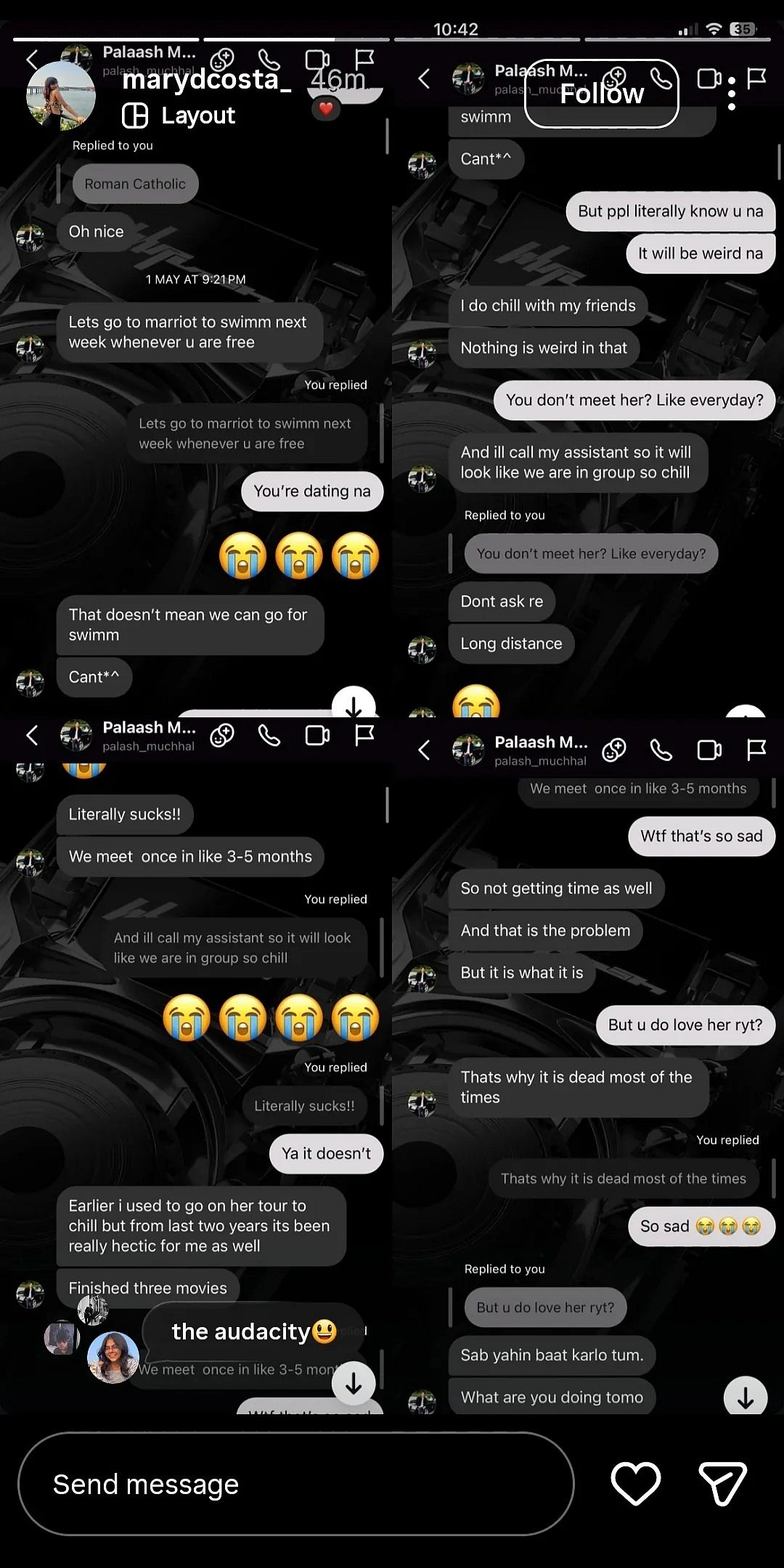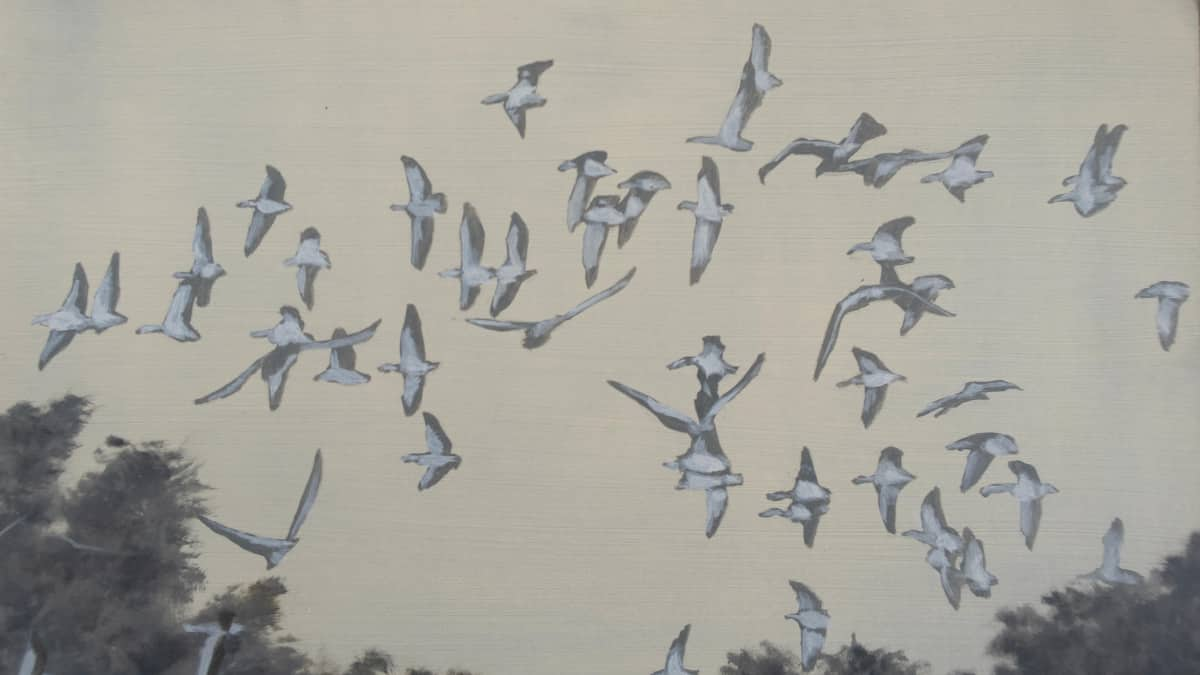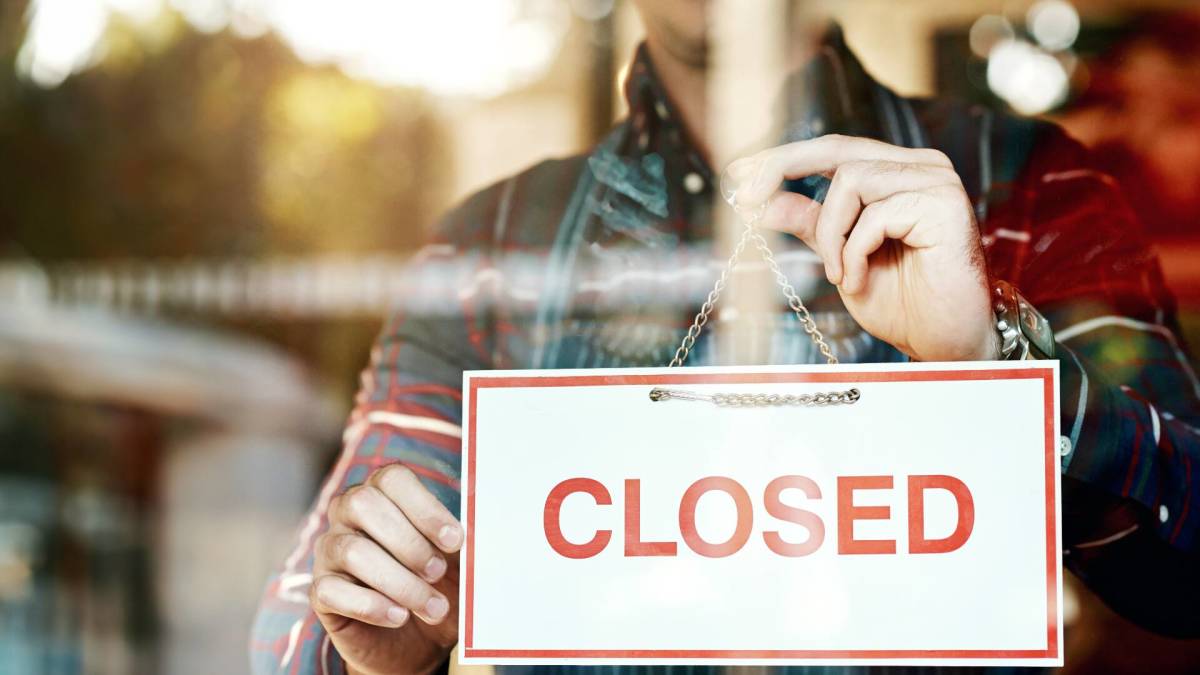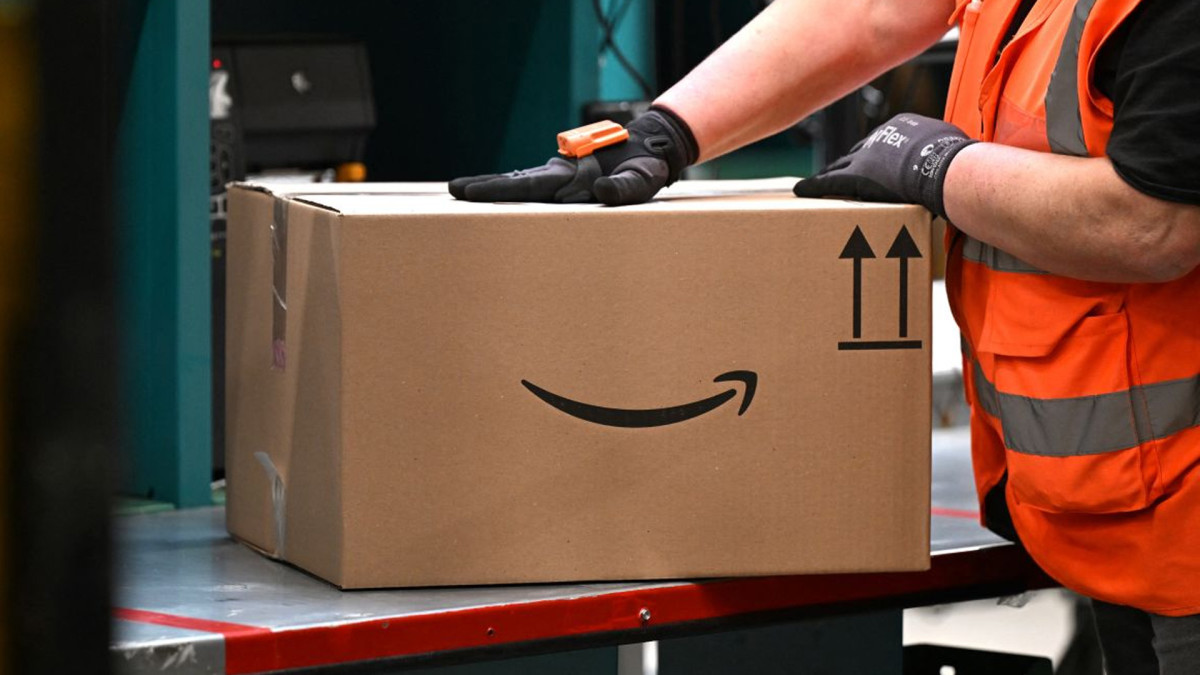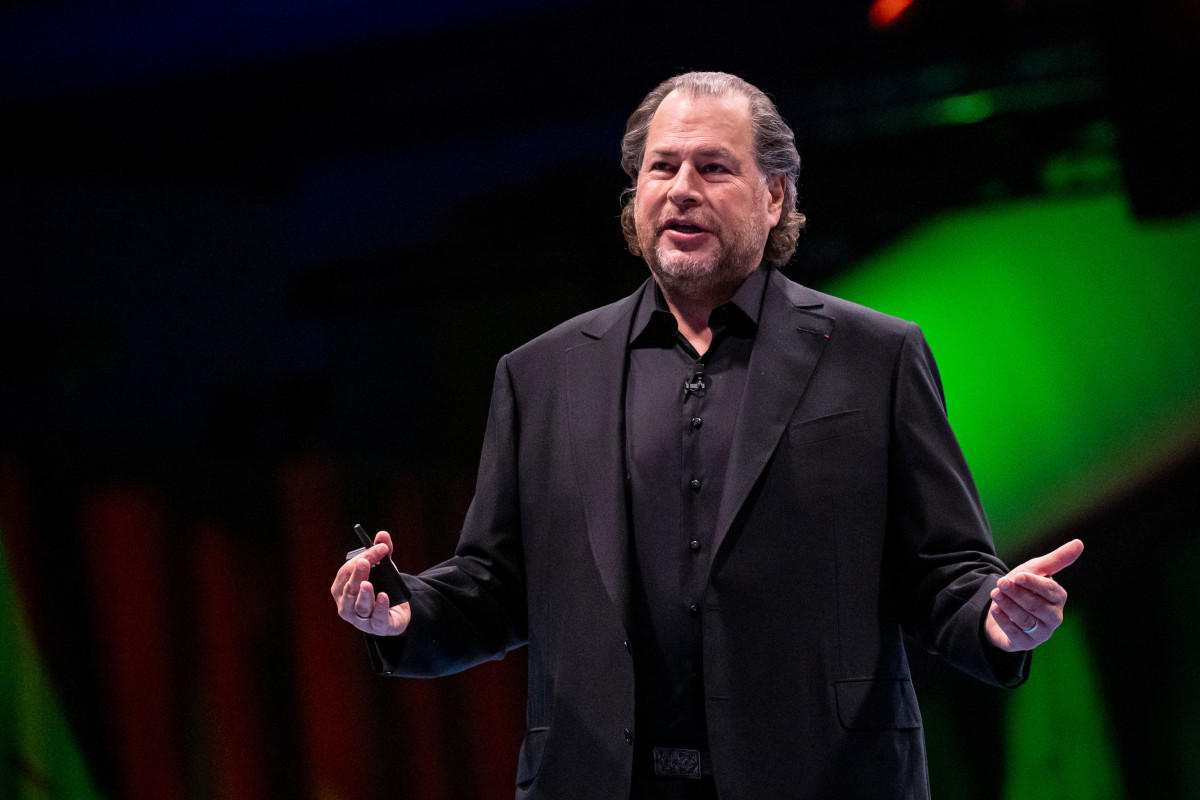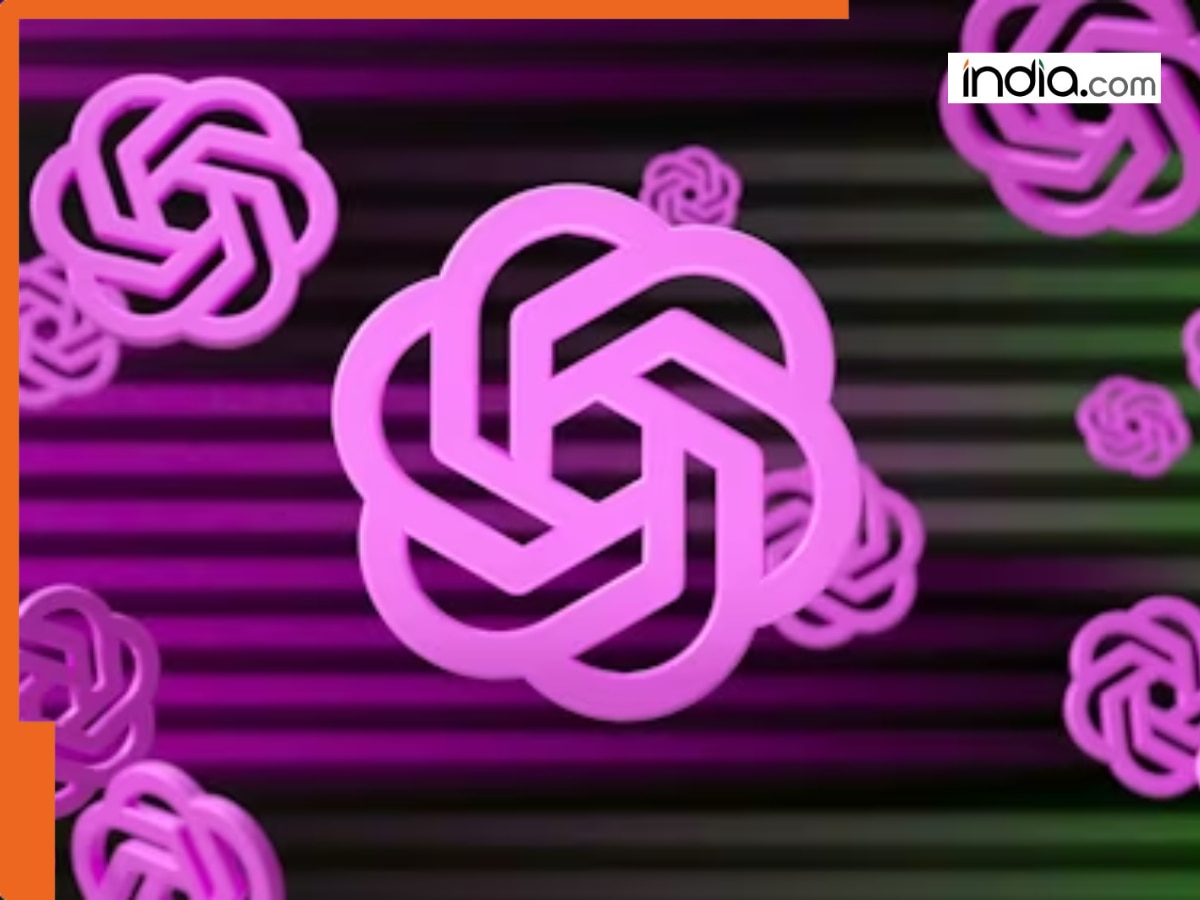There’s math behind this maddening golf mishap
Math and physics explain the anguish of a golf ball that zings around the rim of the hole instead of falling in.

In a “lip out,” a golf ball appears to enter the hole, but it escapes
In a "lip out" a golf ball partially enters the hole, running around its edge before escaping again. Researchers have explained the physics behind this phenomenon.
technotr/Getty Images
Nothing sinks a golfer’s spirits like their ball zinging back out of the hole. Now, physics and mathematics explain how it happens.
The anguish of a “lip out” occurs when a golfer putts a ball, and rather than the ball falling in, it swings around the rim of the hole, sometimes even descending into it, before escaping again.
The most common kind of lip out occurs when the ball is hit too hard, and it arrives slightly offset from the center of the hole. That situation sets up a competition between two different forms of angular momentum, the rotational oomph an object carries. For the putt to succeed, the angular momentum of the ball pitching down into the hole must overcome the angular momentum of it rotating around the hole’s rim, researchers report November 4 in Royal Society Open Science.
In a rarer type of lip out, the ball descends partway into the hole before popping out again. This can happen when the ball has some spin. That means the ball rotates about an axis that’s perpendicular to the ground, or to the wall of the hole once it falls in. As the ball begins to descend into the hole, its potential energy can be converted into spin, which can then be converted back into potential energy to allow the ball to pop back out again, says applied mathematician John Hogan of the University of Bristol, a coauthor of the study.
Similar heartbreaking phenomena occur in other sports, for example, when a basketball dances on the ring before falling in or out. The research is part of a trend of using physics and math to explain counterintuitive sports phenomena, including in baseball and squash.
As far as solutions to this maddening issue, Hogan, who doesn’t play golf, is leaving that up to the pros. “What we were doing was trying to explain the phenomena. It’s for golfers to try and work out what do to with the explanation.”
More Stories from Science News on Physics
What's Your Reaction?













